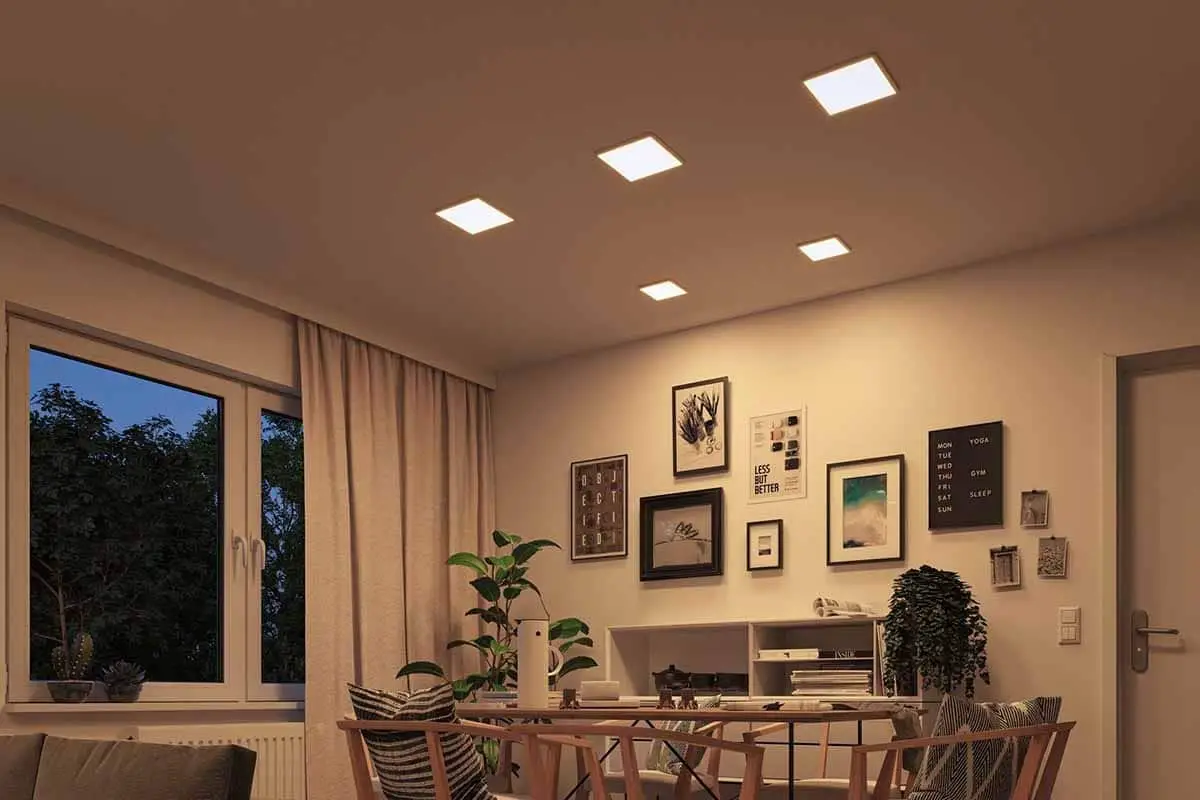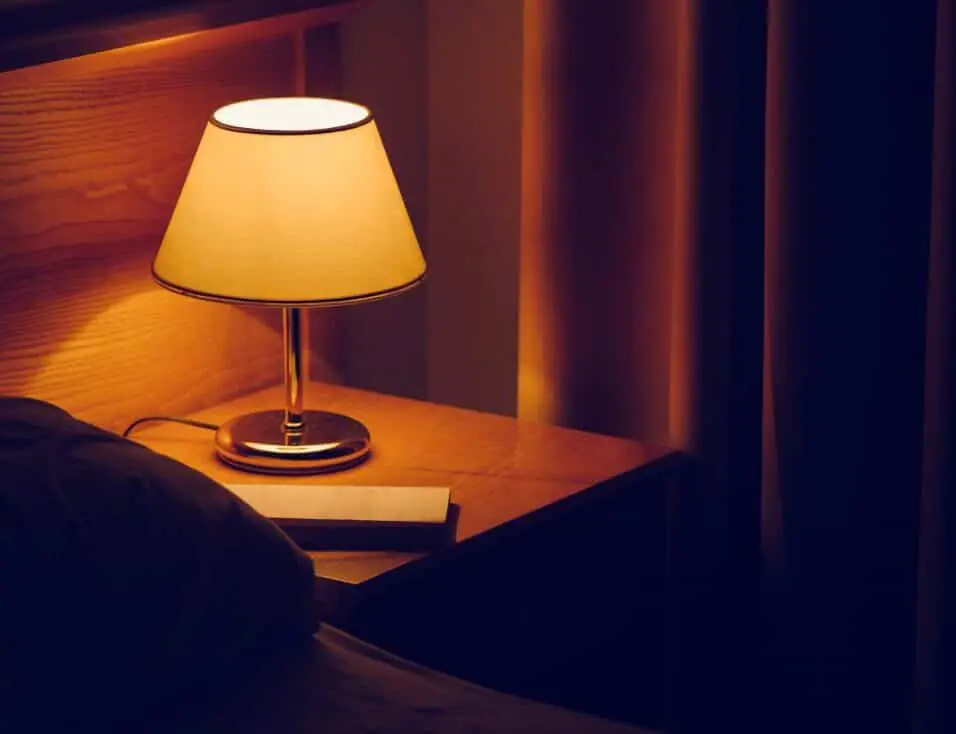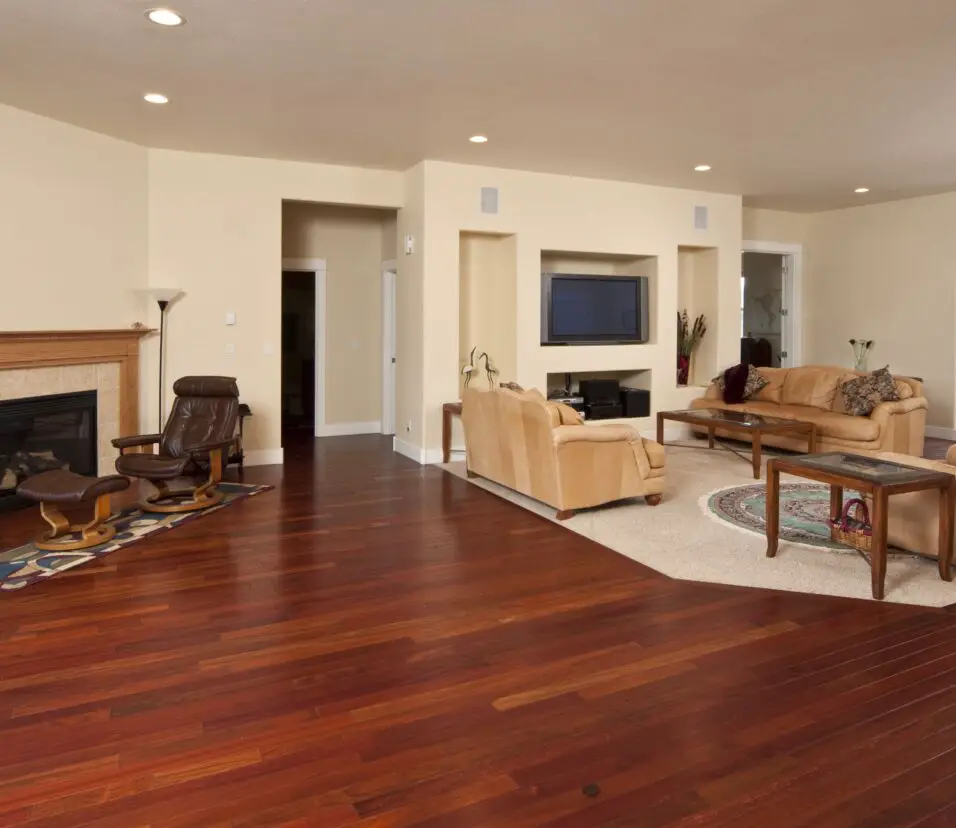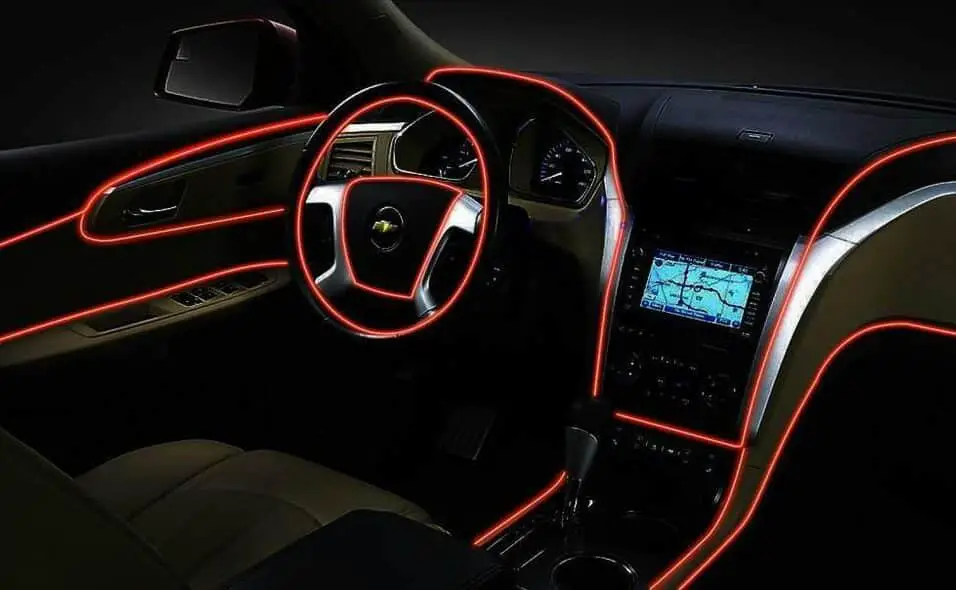Where Is The Fuse For The Interior Lights
Introduction
Where Is The Fuse For The Interior Lights: Interior lights play a crucial role in enhancing the overall ambiance and functionality of a vehicle’s interior. Whether it’s the dome lights, reading lights, or dashboard lights, they provide illumination for various purposes, such as reading, finding objects, or creating a pleasant atmosphere. However, like any other electrical component, interior lights can sometimes malfunction or stop working altogether.
When the interior lights fail to turn on, it can be frustrating and inconvenient, especially during nighttime or in low-light conditions. The first step in troubleshooting this problem is to identify the fuse that controls the interior lights. Fuses are safety devices designed to protect electrical circuits from overloading and short circuits.
The fuse box is usually labeled, indicating the different circuits and their corresponding fuses. However, the specific fuse for the interior lights may not always be clearly labeled, requiring further investigation.
Locating the fuse for the interior lights may involve referring to the vehicle’s owner’s manual or consulting online resources. The owner’s manual provides detailed information about the fuse box’s location and the corresponding fuses for different electrical components. Additionally, online forums and automotive websites often have discussions and guides on locating specific fuses in different car models.
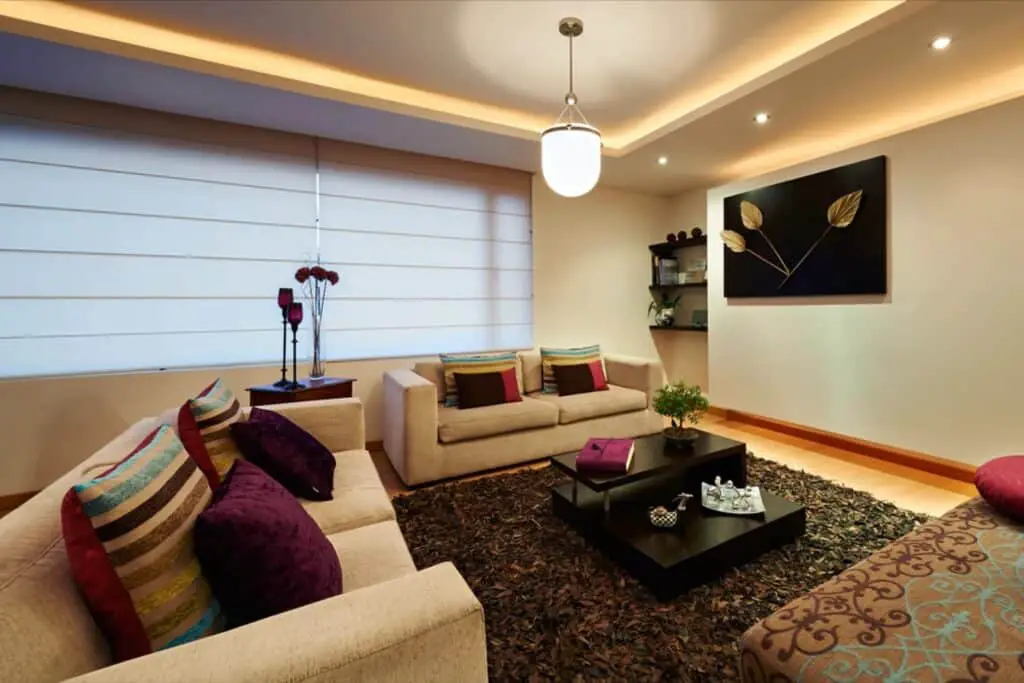
Is there a fuse for interior car lights?
Sometimes, the switch gets accidentally turned off and people may assume their car interior lights have completely stopped working. If the switch is good, check the fuse box. Car interior lights are powered by a fuse that can blow out if there’s a power surge or any other electrical problem.
Yes, there is a fuse for interior car lights. The interior car lights are controlled by a fuse that is located in the fuse box of the vehicle. The fuse box is usually located under the dashboard or in the engine compartment of the car.
The fuse for the interior car lights is typically labeled as “”interior lights”” or “”courtesy lights”” on the fuse box cover. It is important to refer to the owner’s manual of the car to locate the exact fuse for the interior lights. The owner’s manual will provide detailed information about the fuse box and the location of each fuse.
When a fuse blows, it will cause the interior lights to stop working. This can be easily fixed by replacing the blown fuse with a new one of the same amperage rating. The interior car lights are controlled by a fuse that is located in the fuse box of the vehicle.
Why did my interior lights stop working?
The most likely cause of interior lights not working is a blown fuse. If a fuse is not the cause, then it could be a broken or dead bulb, faulty wiring, loose connections, or a problem with the light switch. It is important to attempt to narrow down the source of the problem to properly diagnose and fix it.
There can be several reasons why your interior lights have stopped working. It could be a simple issue such as a blown fuse or a more complex problem like a faulty wiring connection. In order to determine the cause of the problem, it is important to troubleshoot and identify the specific issue.
One possible reason for the interior lights not working is a blown fuse. The fuse is responsible for protecting the electrical system from overloading. If the fuse related to the interior lights has blown, it will need to be replaced. This can be done by locating the fuse box, which is usually located under the dashboard or in the engine compartment. Once the blown fuse is identified, it can be replaced with a new one of the same amperage.
Another potential cause for the interior lights not working is a faulty wiring connection.
Over time, the wiring connections can become loose or corroded, resulting in a loss of power to the lights. To check for this issue, it may be necessary to inspect the wiring connections behind the interior light switch or in the fuse box. If any loose or corroded connections are found, they should be cleaned or tightened to restore power to the lights.
In some cases, the interior lights may stop working due to a malfunctioning light switch. To test the switch, it can be removed and tested with a multimeter to check for continuity. If the switch is found to be faulty, it will need to be replaced with a new one.
There are several potential reasons why your interior lights may have stopped working. It could be a blown fuse, a faulty wiring connection, or a malfunctioning light switch.
Why is my car light not turning on?
The likely cause is a fuse, headlight relay, headlight switch, dimmer switch or a wiring fault. About the only cause that is an easy fix is a blown fuse.
There can be several reasons why your car light is not turning on. It could be a simple issue like a blown fuse or a more complex problem like a faulty wiring system. Understanding the possible causes can help you diagnose and fix the problem effectively.
One possible reason for your car light not turning on is a blown fuse. Fuses are designed to protect electrical circuits from damage caused by excessive current flow. If a fuse related to your car light has blown, it will prevent the light from turning on. Checking the fuse box and replacing any blown fuses can solve this issue.
Another common cause of a car light not turning on is a faulty bulb. Over time, bulbs can burn out or become loose, resulting in a lack of illumination. Inspecting the bulb and replacing it if necessary can resolve this problem. Additionally, make sure the bulb is properly seated in its socket to ensure a secure connection.
It is also possible that there is a problem with the wiring system. This issue may require professional assistance to diagnose and repair, as it can be more complex to fix.
Lastly, a malfunctioning switch or relay can also be the culprit. Testing and replacing the switch or relay, if necessary, can resolve this issue.
What fuse is used in lighting?
A domestic lighting circuit has a fuse of 5 A. If the main supply is at 230 V.
When it comes to lighting, fuses play a crucial role in ensuring safety and preventing electrical hazards. A fuse is a small device that is designed to protect electrical circuits from overloading or short-circuiting. It acts as a safety mechanism by interrupting the flow of electricity when there is an excessive current or a fault in the circuit.
There are different types of fuses used in lighting, depending on the specific requirements of the lighting system. One commonly used fuse in lighting is the glass tube fuse. These fuses are made of a glass tube with metal caps on both ends. Inside the tube, there is a thin wire or filament that acts as the fuse element. When the current exceeds the rated value, the wire heats up and melts, breaking the circuit and protecting the lighting system.
Another type of fuse used in lighting is the cartridge fuse.
These fuses are larger in size compared to glass tube fuses and are often used in industrial or commercial lighting systems. Cartridge fuses consist of a ceramic or fiberglass body with metal end caps. Inside the body, there is a fuse element that melts when the current exceeds the rated value.
In addition to glass tube and cartridge fuses, there are also plug fuses and circuit breakers that are commonly used in lighting systems. Plug fuses are typically used in residential lighting applications and are designed to fit into standard electrical outlets. Circuit breakers, on the other hand, are automatic switches that can be reset after tripping. They are commonly used in both residential and commercial lighting systems.
The type of fuse used in lighting depends on the specific requirements of the lighting system. Glass tube fuses, cartridge fuses, plug fuses, and circuit breakers are all commonly used to protect lighting circuits from overloading or short-circuiting. These fuses play a crucial role in ensuring the safety and proper functioning of lighting systems.”
Why have all my lights gone out?
This could be on the switch itself, at the circuit breaker panel, or in a pass-through wire connection in the wall box or ceiling box. By far the most common problem is a loose wire connection at the switch itself, which is subject to constant on-off usage. Less commonly, a light bulb socket may go bad.
There can be several reasons why all the lights in your house have suddenly gone out. It can be a frustrating and inconvenient situation, especially if it happens at night or during an important task. However, understanding the possible causes can help you troubleshoot the issue and restore the lights.
Tripped circuit breaker: One of the most common reasons for all the lights going out is a tripped circuit breaker. Circuit breakers are designed to protect your electrical system from overloading. When too much current flows through a circuit, the breaker trips and cuts off the power. This can happen if you have too many appliances or devices connected to the same circuit, causing it to exceed its capacity. To fix this, locate your electrical panel and check if any of the breakers have tripped. If you find one, simply flip it back to the “”on”” position.
Power outage: Another possibility is that there is a power outage in your area. This can occur due to various reasons such as severe weather conditions, maintenance work, or a fault in the power grid. To confirm if it’s a power outage, check if your neighbors’ lights are also out. If they are, then it’s likely a power outage, and you will need to wait for the power company to restore the electricity.
Faulty main circuit breaker:
If all the lights in your house are out, including the ones that are not connected to the same circuit, it could indicate a problem with the main circuit breaker. The main circuit breaker is responsible for distributing power to different circuits in your house. If it becomes faulty, it can cause a complete loss of power. In this case, you may need to call a professional electrician to inspect and replace the faulty breaker.
Loose or damaged wiring: Loose or damaged wiring can also lead to a loss of power in your house. Over time, wiring can become loose due to vibrations or wear and tear. Additionally, rodents or pests may chew on the wiring, causing damage. If you suspect wiring issues, it’s best to contact a licensed electrician to inspect and repair the wiring to ensure your safety. The fuse for the interior lights is typically located in the fuse box of your vehicle.
Once you have located the fuse box, you can open the cover to access the fuses. Look for a fuse labeled “”interior lights”” or something similar. The fuse box diagram should indicate the exact position of the fuse. Using a fuse puller or a pair of needle-nose pliers, carefully remove the fuse and inspect it for any signs of damage or a blown fuse. If the fuse appears to be faulty, replace it with a new fuse of the same amperage rating.
Can you tell me where I can find the fuse for the interior lights?
Sure, I can help you with that. The fuse for the interior lights is typically located in the fuse box of your vehicle. The fuse box is usually found either under the dashboard on the driver’s side or in the engine compartment. To locate the specific fuse for the interior lights, you will need to refer to your vehicle’s owner’s manual.
Once you have the owner’s manual, you can look for the fuse box diagram, which will indicate the location and function of each fuse. Look for a fuse labeled “”interior lights”” or something similar. It may also be helpful to use a flashlight or a small mirror to see the fuse box more clearly. Remember to always consult your owner’s manual for accurate and specific information about your vehicle’s fuse box and fuses.
Do you know where the fuse for the interior lights is located?
One common location for the fuse for the interior lights is in the fuse box under the dashboard. This fuse box is usually accessible by opening the driver’s side door and looking for a removable panel on the side of the dashboard. Once you locate the fuse box, you can refer to the fuse box diagram to identify the fuse that controls the interior lights. The diagram will typically indicate the fuse number and its corresponding electrical component.
Could you please provide information on the whereabouts of the fuse for the interior lights?
The fuse for the interior lights is typically located in the fuse box of your vehicle. The exact location of the fuse box may vary depending on the make and model of your car, but it is commonly found either under the dashboard on the driver’s side or in the engine compartment. To locate the fuse for the interior lights, you will need to refer to your vehicle’s owner’s manual or consult a diagram of the fuse box.
Once you have located the fuse box, you can identify the fuse for the interior lights by referring to the diagram on the fuse box cover or in the owner’s manual. The fuse box cover is usually labeled with the specific fuses and their corresponding functions. Look for a fuse labeled “”interior lights”” or something similar. It is important to note that the fuse may be shared with other components, so make sure to check the diagram or manual to confirm its exact location.
Where can I locate the fuse that controls the interior lights?
Once you have located the fuse box, you can use the diagram on the cover or in the owner’s manual to identify the fuse that controls the interior lights. The diagram will usually indicate the specific fuse number and its corresponding function. Look for a fuse labeled “”interior lights”” or something similar.
Once you have identified the correct fuse, you can use a fuse puller or a pair of needle-nose pliers to remove it. Make sure to replace the fuse with one of the same amperage rating to avoid damaging the electrical system. If you are unsure about any step of the process, it is always best to consult a professional or refer to the vehicle’s manual for guidance.

Conclusion
Overall, finding the fuse for the interior lights is a relatively simple task. Blown fuses can often be identified by a broken wire or a visibly burnt appearance. In some cases, the fuse may also be labeled as “”interior lights”” or something similar, making it easier to identify. If the fuse appears to be intact, it may be necessary to use a multimeter or continuity tester to determine if it is functioning properly.
If the fuse is found to be blown or faulty, it can be easily replaced with a new fuse of the same amperage rating. It is important to use the correct amperage rating to prevent any potential damage to the electrical system. Once the new fuse is installed, individuals can test the interior lights to ensure they are functioning properly.
Locating the fuse for the interior LED lights is a straightforward process that can be accomplished by referring to the owner’s manual or seeking professional assistance. By visually inspecting the fuses and using the appropriate tools, individuals can easily identify and replace any blown or faulty fuses. It is important to exercise caution and follow proper safety procedures when working with the electrical system of a vehicle.



